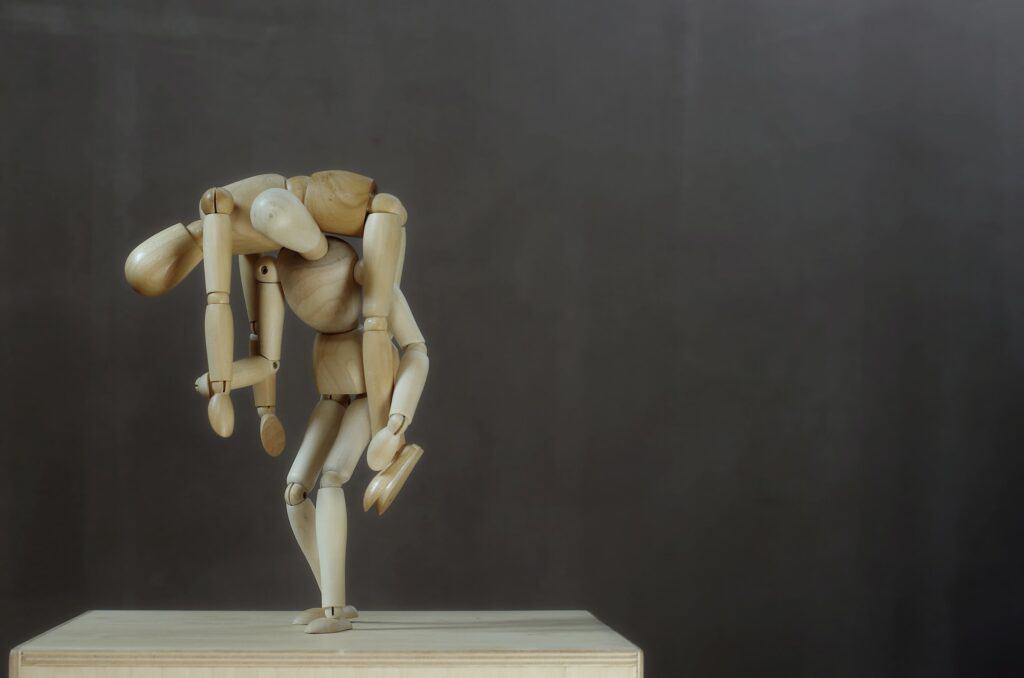
In the world of storytelling, knowing how to develop characters is one of the most important — and most difficult — skills to acquire. Characters breathe life into your tales, guide your readers on epic journeys, and leave lasting memories. Crafting engaging characters isn’t just a skill: it’s an art. So let’s dive into the artistry of character development and learn how to craft personalities that leap off the page.
Anatomy of a Compelling Character
- Complexity: Think of your characters as multifaceted gems. The more facets they have, the more they sparkle. Give them strengths, weaknesses, quirks, and contradictions. Humanize them.
- Motivations and Goals: What drives your character? What do they want more than anything else? Their motivations and desires are the fuel that propels your story.
- Backstory: Peel back the layers of your character’s past. Explore their history, experiences, traumas, and triumphs. These layers add depth and authenticity to their actions and reactions.
- External and Internal Conflict: Characters should face both external obstacles and internal struggles. External conflict propels the plot, while internal conflict reveals their growth and transformation.
- Character Arcs: Characters should evolve over the course of the story. Whether it’s a hero’s journey or a tragic downfall, their arc should be both believable and compelling.
Tools and Techniques for Character Building
- Character Profiles: Create comprehensive profiles for your characters. Include details about their physical appearance, personality, traits, fears, and dreams. The more you know about them, the more convincingly you can write them.
- Interview Your Characters: Imagine sitting down with your character for a conversation. Ask them about their past, their desires, and their deepest fears. This exercise can reveal surprising insights.
- Use Character Worksheets: Many writing resources provide character development worksheets. These tools guide you through the process of building well-rounded characters.
- Character Inspirations: Draw inspiration from real-life individuals, literature, or even history. Mix and match traits to create unique personalities.
Crafting Memorable Protagonists and Antagonists
- Protagonists: Your protagonist is the anchor of your story. Make them relatable, empathetic, and flawed. Readers should root for them, connect with their struggles, and celebrate their victories.
- Antagonists: The antagonist provides the counterbalance, the force that opposes the protagonist. Give them depth, motivation, and even moments of ambiguity. A well-crafted antagonist elevates the conflict and enriches the story.
The Role of Minor Characters
Even characters with minimal page time deserve attention. While they may not undergo extensive arcs, they should still serve a purpose in your story. Their interactions with the main characters can reveal essential details and drive the plot forward.
Exercises to Hone Your Character-Crafting Skills
- Character Monologues: Write a monologue in the voice of one of your characters. Dive into their thoughts, fears, and desires.
- Character Letters: Have your character write a letter to another character, revealing their innermost feelings and motivations.
- Switch Perspectives: Rewrite a scene from another character’s perspective. This exercise can uncover hidden layers and motivations.
In summary, remember to keep your characters close, understand their souls, and let their stories unfurl with authenticity and depth. Make your characters vault off the page into your reader’s memory. Of course, knowing how to develop characters is only the first step. Once you’re finally ready to set them loose in the world, reach out to us and we’ll help bring your characters off the screen and onto the page.

